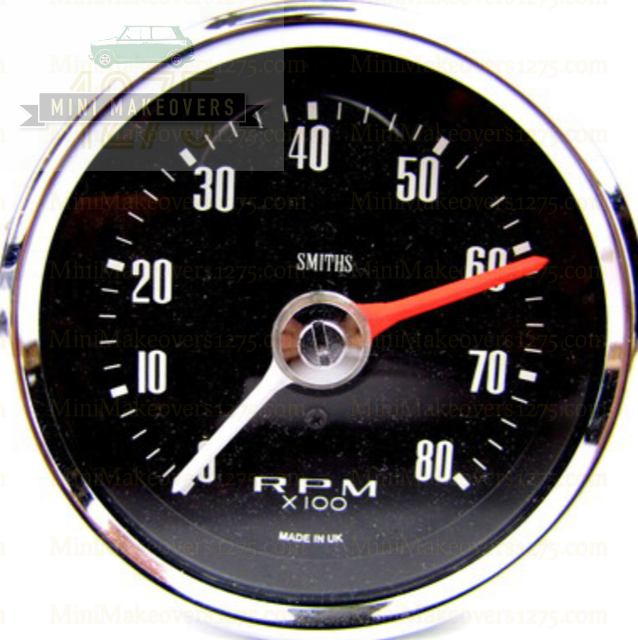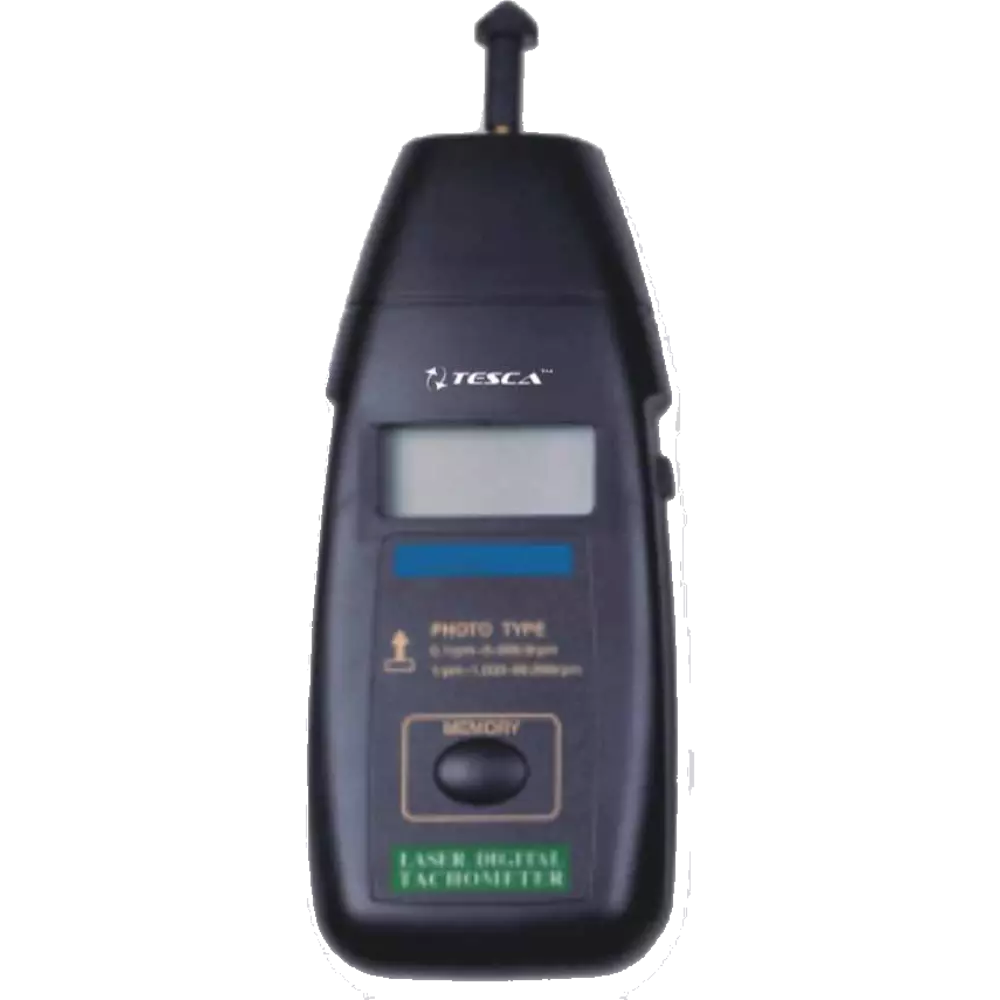The Relevance of a Tachometer in Keeping Track Of Engine Rate and Performance in Automotive Applications
In the realm of vehicle design, the tachometer stands as a crucial instrument in the motorist's toolbox, giving a straight home window into the inner functions of an automobile's engine. Past its feature as a plain scale of changes per min (RPM), the tachometer offers as a vital device for fanatics and specialists alike, offering real-time insights right into engine efficiency and wellness.
Relevance of Keeping Track Of Engine RPM
Checking engine RPM, or transformations per minute, is a critical facet of automobile maintenance and efficiency examination. Engine RPM directly associates with the rate at which the engine's crankshaft rotates, showing how promptly the engine is running.
Moreover, keeping an eye on engine RPM is necessary for performance examination in racing and high-performance automobiles. Maintaining optimum RPM levels is important for achieving peak power result and acceleration. Racers commonly use tachometers to guarantee they are operating within the suitable RPM variety for optimum performance. In recap, monitoring engine RPM is not only essential for discovering concerns but likewise for optimizing engine performance in numerous automotive applications.

Advantages of Real-Time Data
In automobile applications, real-time data plays an important function in supplying immediate insights right into the efficiency and condition of the vehicle. By continually keeping an eye on different parameters such as engine speed, temperature, fuel usage, and a lot more, real-time data offers numerous benefits that contribute to enhanced effectiveness and safety and security when driving.
In addition, real-time information facilitates performance optimization by giving prompt feedback on driving practices and engine efficiency. Chauffeurs can readjust their habits in real-time based on this details to accomplish far better fuel economic situation and lengthen the lifespan of their automobile.

Furthermore, real-time information plays an important duty in contemporary automotive diagnostics, allowing professionals to promptly identify and address breakdowns. This causes lowered downtime, reduced upkeep prices, and eventually, improved overall lorry dependability and longevity (tachometer). By using the power of real-time data, automobile stakeholders can make educated decisions that positively affect both the performance and long life of the vehicle
Influence On Gear Shifts
Reliable gear changes in auto applications significantly influence general efficiency and driving experience. The tachometer plays an essential duty in maximizing gear changes by supplying real-time engine speed information to like it the driver. When coming close to the redline on the tachometer, it signals the chauffeur to upshift to avoid over-revving the engine and causing prospective damage. On the various other hand, downshifting at the ideal moment can aid keep the engine in its power band, making sure responsive acceleration when needed.
Additionally, the tachometer aids in achieving smoother equipment transitions, especially in hand-operated transmissions. By checking engine rate, drivers can implement gear shifts at the optimum RPM variety, minimizing snagging activities and reducing endure the transmission components. This precision on duty modifications not just improves driving comfort however additionally adds to fuel performance.
Enhancing Gas Effectiveness
Offered the essential duty the tachometer plays in optimizing equipment shifts for efficiency and engine health and wellness, it straight adds to maximizing fuel performance in auto applications. By giving real-time comments on engine speed, the tachometer helps chauffeurs in maintaining one of the most effective RPM array for gas economy. When drivers continually keep track of the tachometer and change their motoring practices appropriately, they can avoid unneeded fuel intake caused by over-revving or lugging the engine.
Additionally, the tachometer helps vehicle drivers identify the most fuel-efficient equipment to be in at any provided moment, preventing the engine from functioning more difficult than required. In conclusion, the tachometer serves as an important tool in improving gas effectiveness by advertising optimal driving habits and determining locations for renovation my site in the visit the website vehicle's efficiency.

Maximizing Engine Long Life
The tachometer's role in monitoring engine speed and efficiency contributes in making sure the durability of auto engines. By utilizing the tachometer effectively, vehicle drivers can optimize engine durability with conscious RPM monitoring. Regularly revving an engine as well high can result in excessive damage on vital components, such as the pistons, valves, and bearings. In time, this can lead to lowered engine efficiency and prospective breakdowns. Keeping track of the tachometer permits vehicle drivers to remain within the recommended RPM array for their vehicle, avoiding unnecessary pressure on the engine and prolonging its life-span.

Final Thought
Finally, the tachometer plays a vital function in keeping track of engine speed and performance in automobile applications. By providing real-time information on RPM, it enables effective gear changes, enhanced fuel performance, and maximized engine long life. This tool is necessary for maintaining optimal engine efficiency and guaranteeing the total functionality of an automobile.
Comments on “Tachometer Buying Guide: Features to Look for and Ideal Brand names”